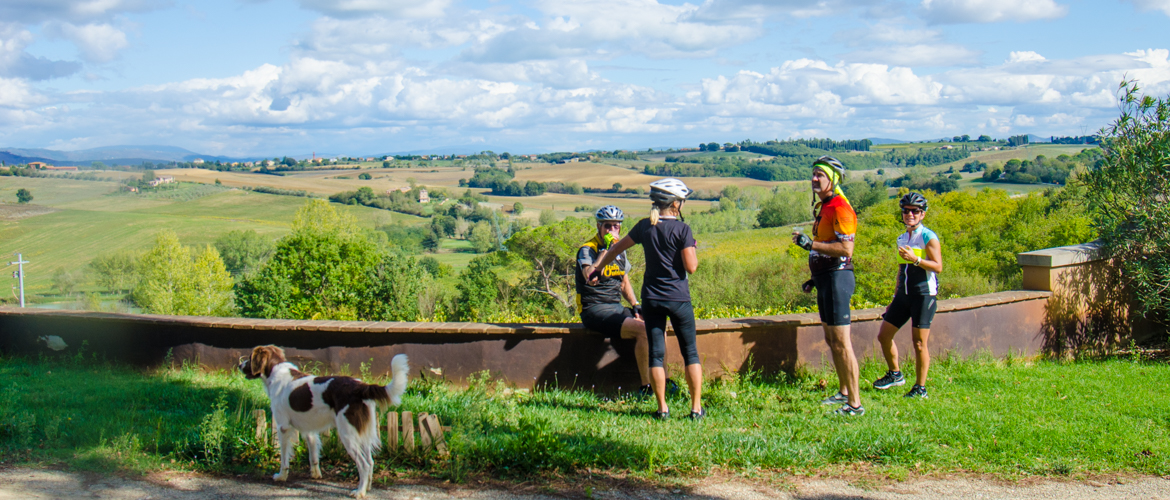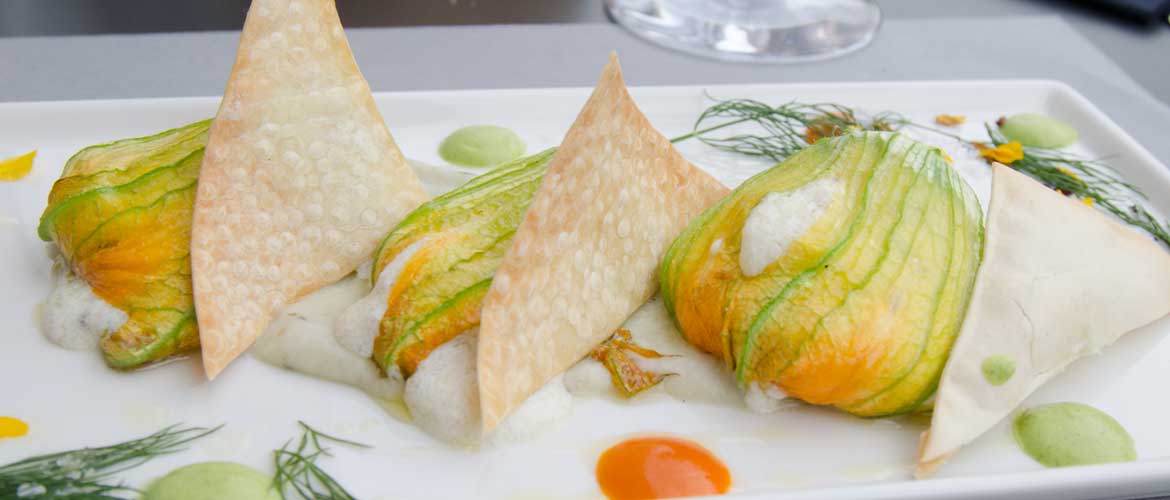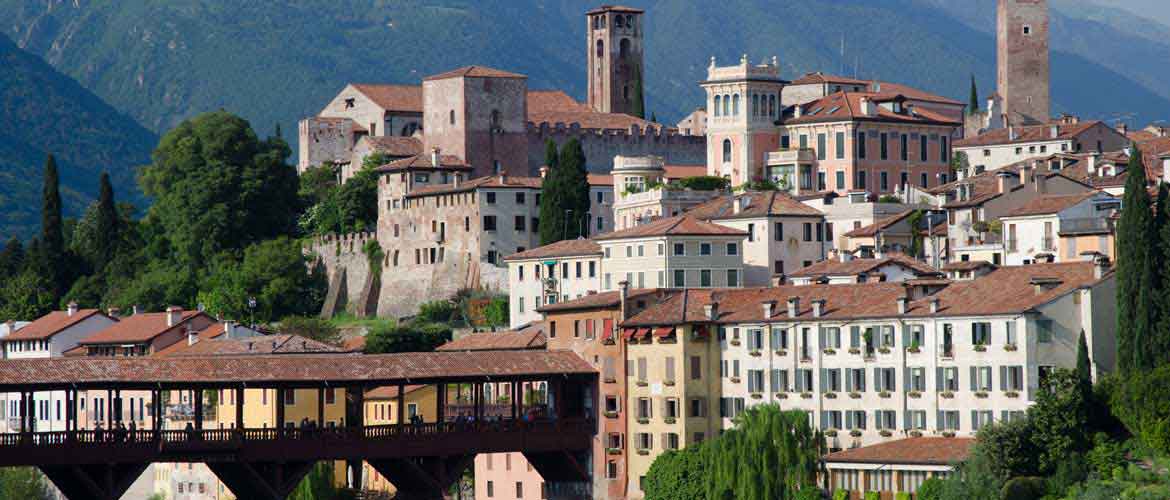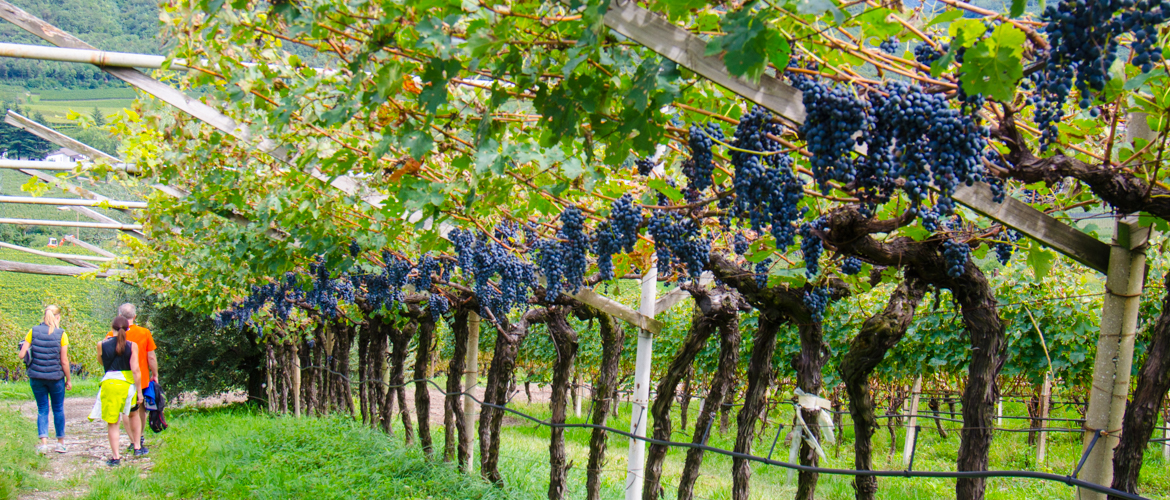The history of the rice development in the region begins almost a thousand years ago, with an astute group of Benedictine nuns. The nuns of the Abbacy of San Pietro in Vicenza were granted this area as a feudal possession in the 10th century. At that point, the land between Padua and Vicenza consisted of swamps, which the nuns reclaimed by draining. They then built a system of canals, still in use today, to irrigate the land for agricultural purposes. This area is known as Grumolo delle Abbadesse, named for the nuns that initiated this grand project.
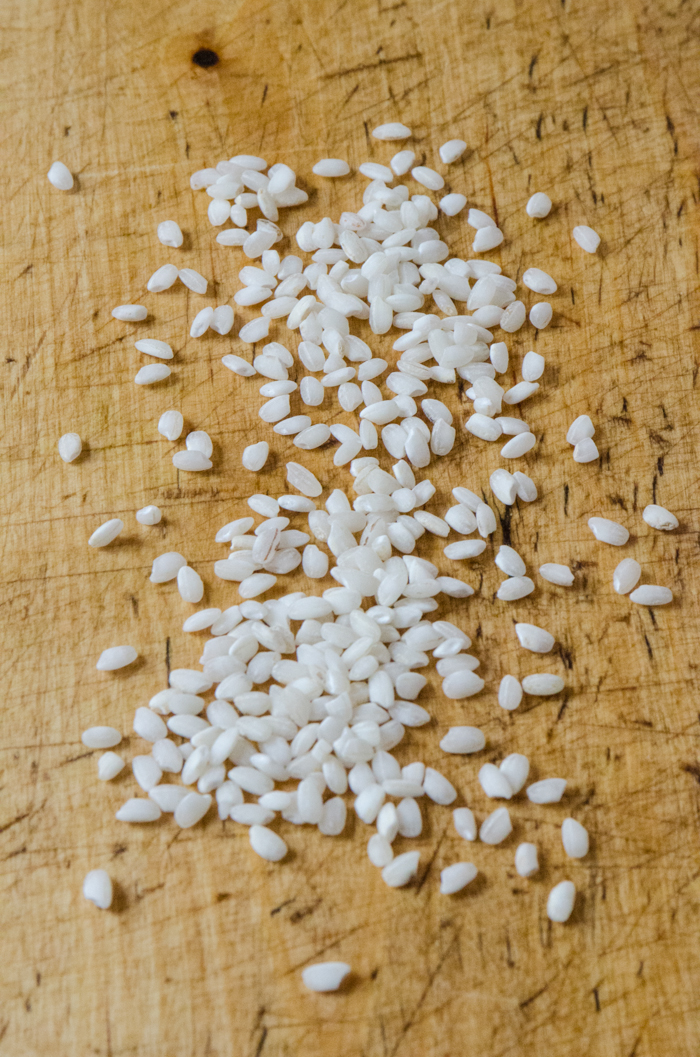
For the first few hundred years of this system, this area was dedicated to the production of traditional grains such as wheat, barley and rye. But agricultural blights, in conjunction with the plague and multiple wars devastated the area’s ability to produce these types of grains. In the fourteenth century, Marco Polo, a Venetian, made his famous foray to the Far East, and brought back a new, very highly productive product, rice. Over the next 500 years, it became a mainstay of the local agricultural system, and was incorporated into the regional Venetian diet. In the 16th and 17th centuries, most of the land in the Grumolo area was converted to rice patties to support the increase in demand for this desirable product.
Most chefs are familiar with the use of two strains of rice for risotto, Arborio and Carnaroli. Carnaroli rice is grown in the Grumolo area today. But the area is perhaps best known for its unique regional strain, Vialone Nano. Developed in 1937 by crossing the Vialone strain with the Nano, it is considered by many to be the premier risotto rice produced in Italy. It is the only European rice with its own IGP quality designation.
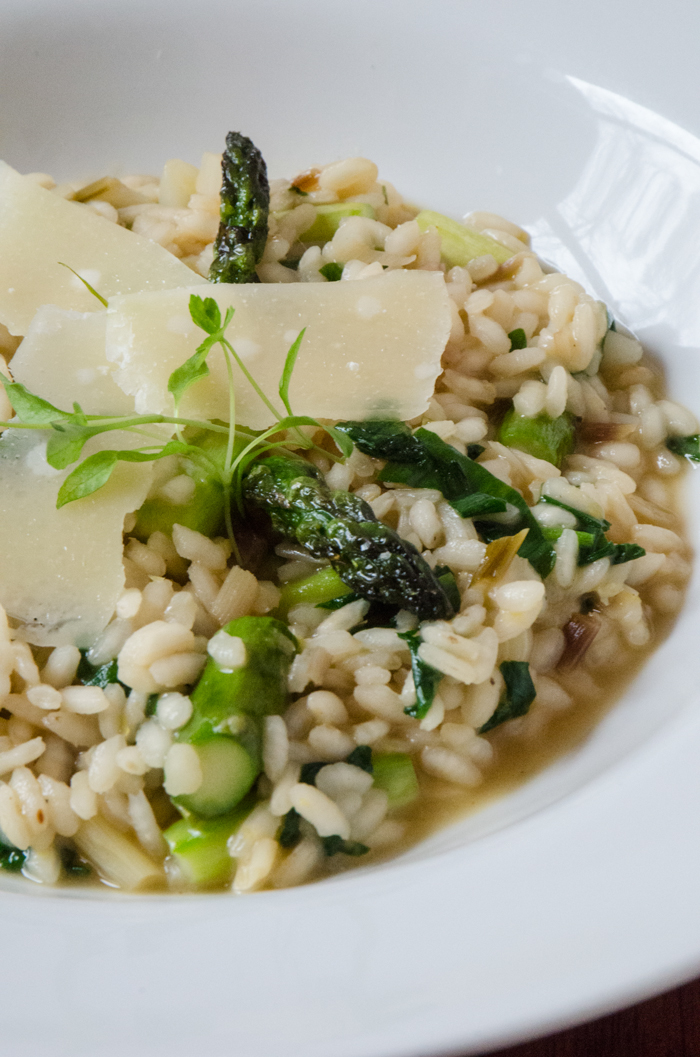
Vialone Nano is known as a ‘semi-fine’ rice, with a more rounded kernel. Sown in early spring, it begins to turn brown in mid August and will mature usually in late September. The irrigation canal system provides ‘clean’ water for the cultivation of the rice, endowing Vialone Nano with a clean, herbal, full flavor. It also has an extraordinary ability to absorb liquids, up to an impressive twice its weight, resulting in very flavorful risottos.
Carnaroli has a longer, larger kernel that retains is consistency during cooking, as it releases the starch that contributes to a nice, creamy risotto.
Today there are only 200 hectares dedicated to production of rice in the Grumolo delle Abbadesse center, less than half the amount cultivated in the mid 18th century. The five specialized farms in operation today are certified as members of the “Land of Palladio” consortium, which guarantees the origin, production methods and strains.





